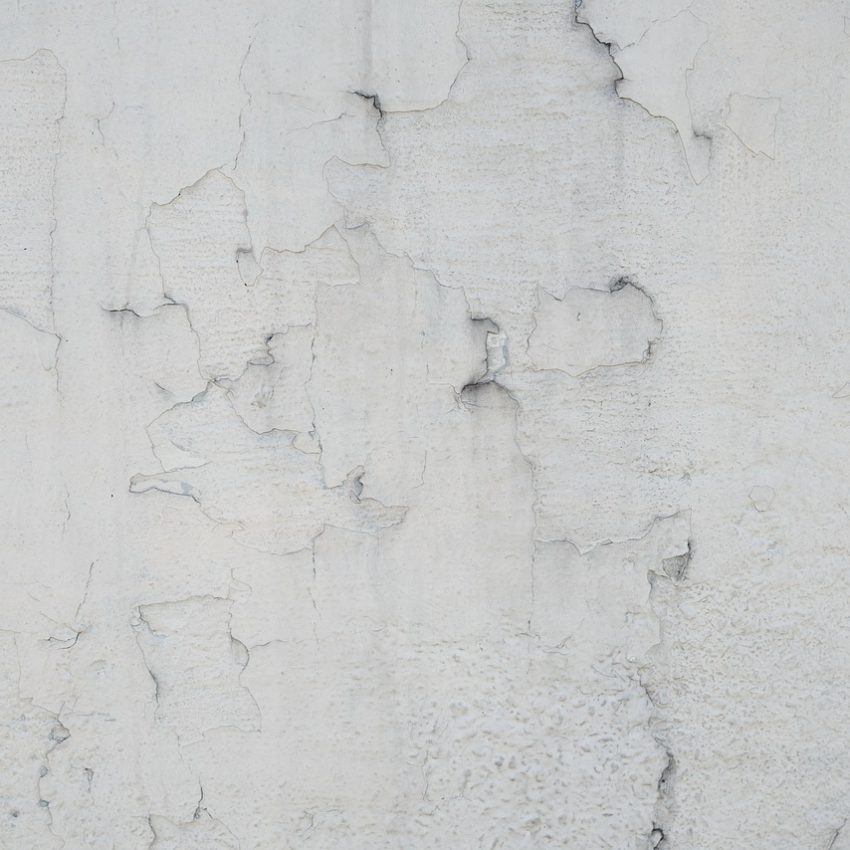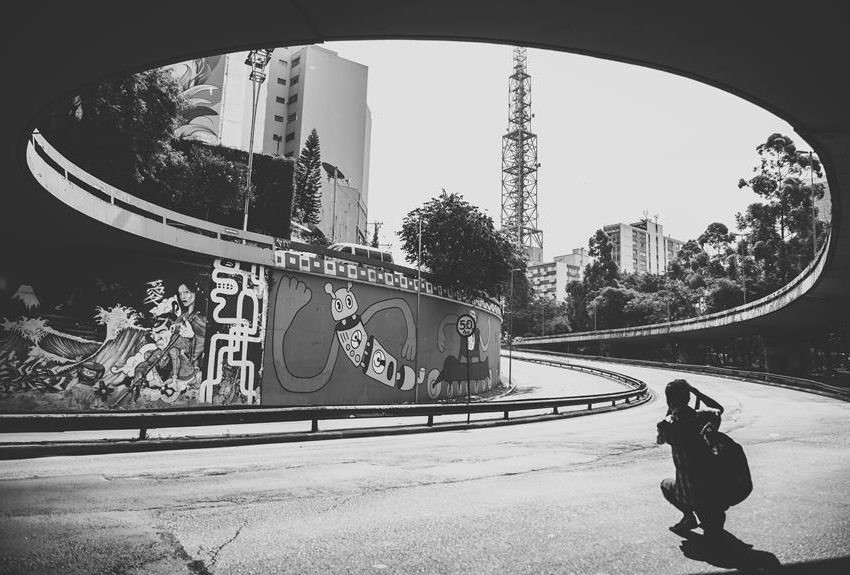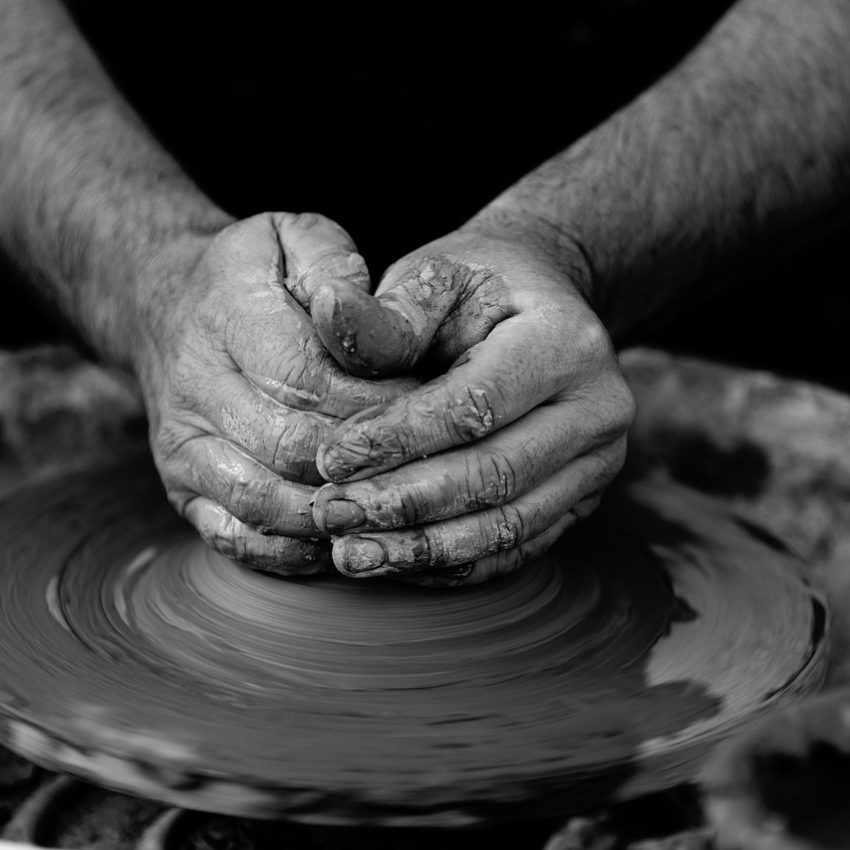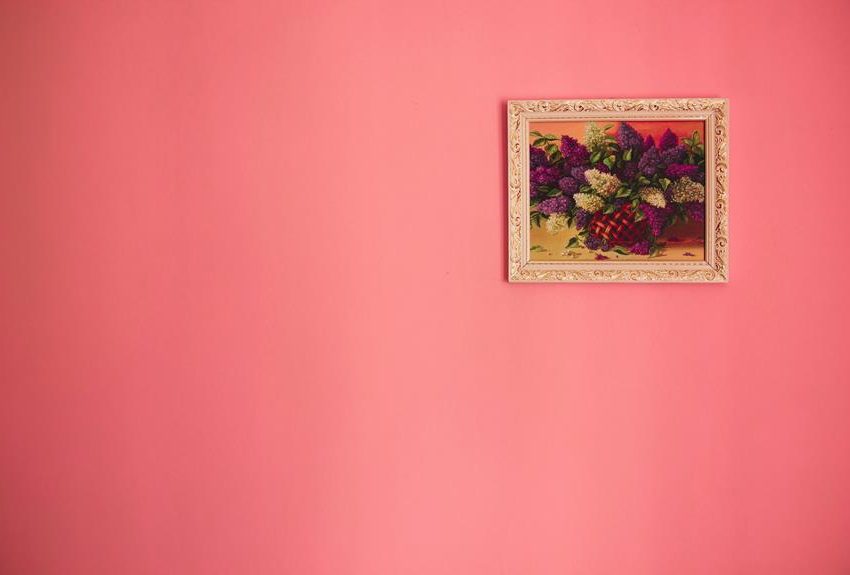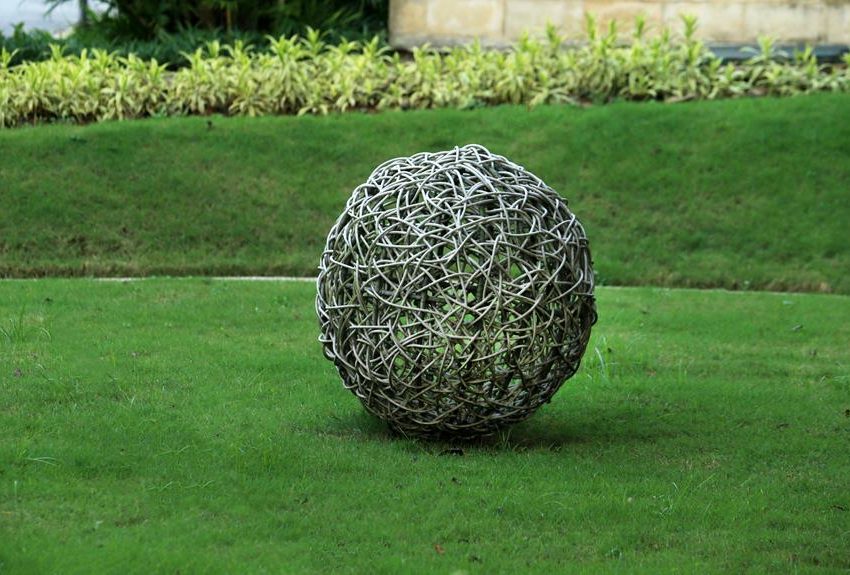Magdalena Abakanowicz
a Master Sculptor's Legacy through every tangle of thread and rope
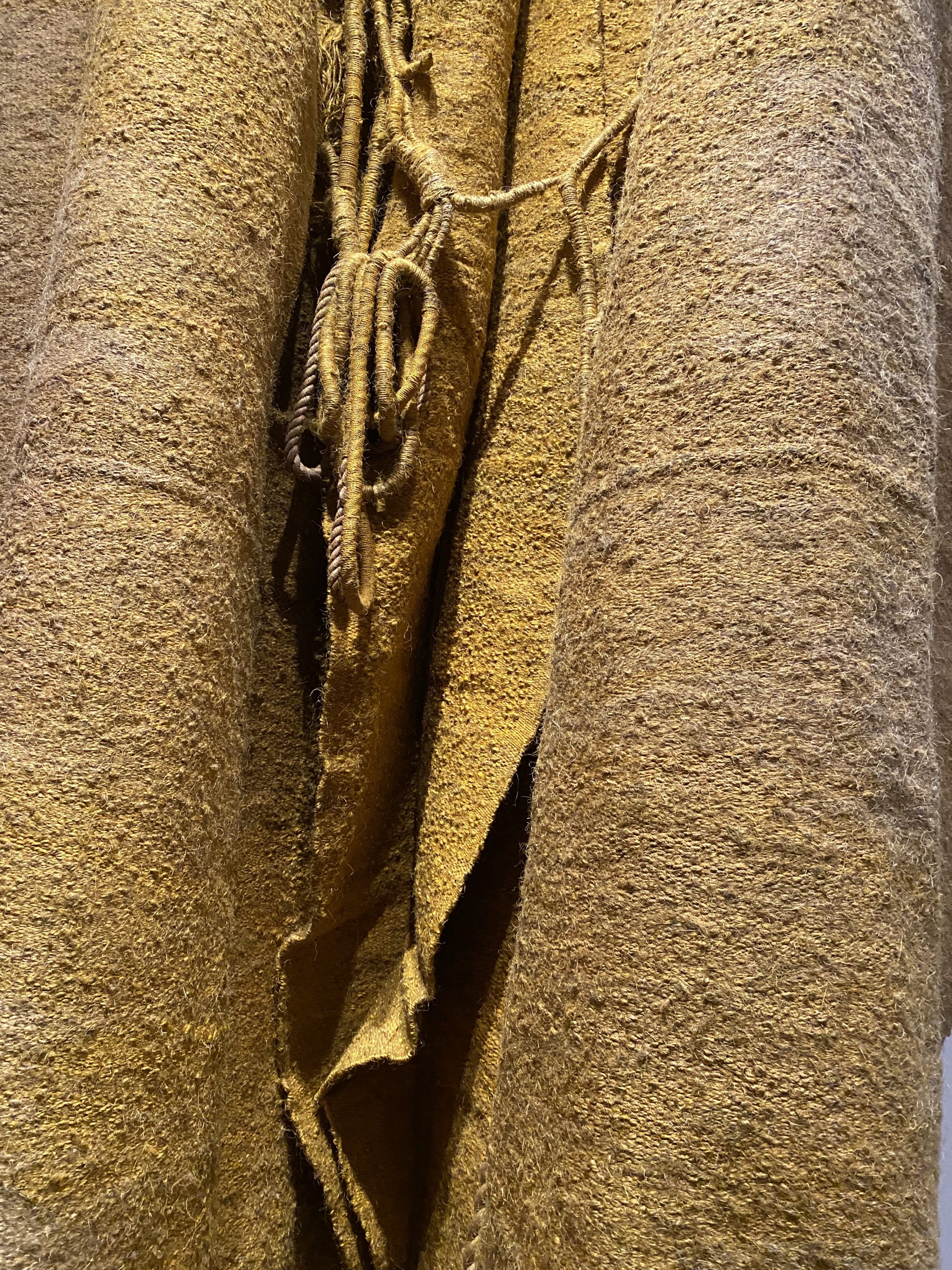
In the world of modern sculpture, few names resonate with the same innovative spirit and enduring influence as Magdalena Abakanowicz, renowned for her ‘abakans’ and other woven sculptures.
Born in Poland in 1930, Abakanowicz’s journey into the realm of art was marked by a fervent determination to redefine traditional notions of form and expression.
From her early experiences growing up during wartime turmoil to her relentless pursuit of artistic excellence, every chapter of Abakanowicz’s life reads like a canvas onto which she boldly painted her unique vision.
As we embark on this exploration of Magdalena Abakanowicz’s legacy, we delve not only into the physicality and grandeur of her sculptures but also into the very essence of what it means to challenge conventions and leave an indelible mark on an ever-evolving art landscape.
Through a lens that magnifies both personal triumphs and existential reflections, we come face-to-face with a sculptor whose mastery transcends mere craftsmanship; it embodies a profound dialogue between artist and medium that continues to inspire generations beyond her time.
Join us as we unravel layers of creativity, resilience, and innovation woven intricately into each thread of Abakanowicz’s remarkable artistic tapestry ─ for within these fibers lie not just sculptures but living testaments to human expression at its most raw and unapologetic form.
Magdalena Abakanowicz 1930–2017
Born in 1930 in Falenty, Poland, Magdalena Abakanowicz matured as an artist during the tumultuous era of the Second World War.
Despite living under the constraints of the Communist regime, she achieved international recognition, with her work being featured in numerous public and private collections worldwide.
Abakanowicz, a prominent Polish artist post-World War II, taught at the University of Fine Arts in Poznań (1965-1990) and wa
By the late 1950s and early 1960s, her work embraced more structured forms influenced by Constructivism. International recognition followed her participation in the first Biennale Internationale de le Tapisserie in Lausanne, Switzerland, in 1962.
During the 1960s and 70s, the Polish artist Magdalena Abakanowicz pioneered a groundbreaking approach to sculpture, utilizing woven fiber to create soft, organic forms that defied traditional notions of solidity.
These towering works, known as the Abakans, hung from ceilings and introduced a novel form of installation art.
Throughout her illustrious career, Abakanowicz garnered various accolades, notably the Award for Distinction in Sculpture from the New York Sculpture Center in 1993 and the prestigious Leonardo da Vinci World Award of Arts in 1999.
Her impact extends beyond recognition, with several of her pieces enshrined in permanent installations, including monumental works like Agora in Grant Park, Chicago, IL, and Pullae in the National Gallery of Art Sculpture Garden in Washington, D.C. Abakanowicz remained rooted in Warsaw, Poland, until passing away on April 20, 2017, at the age of 86.
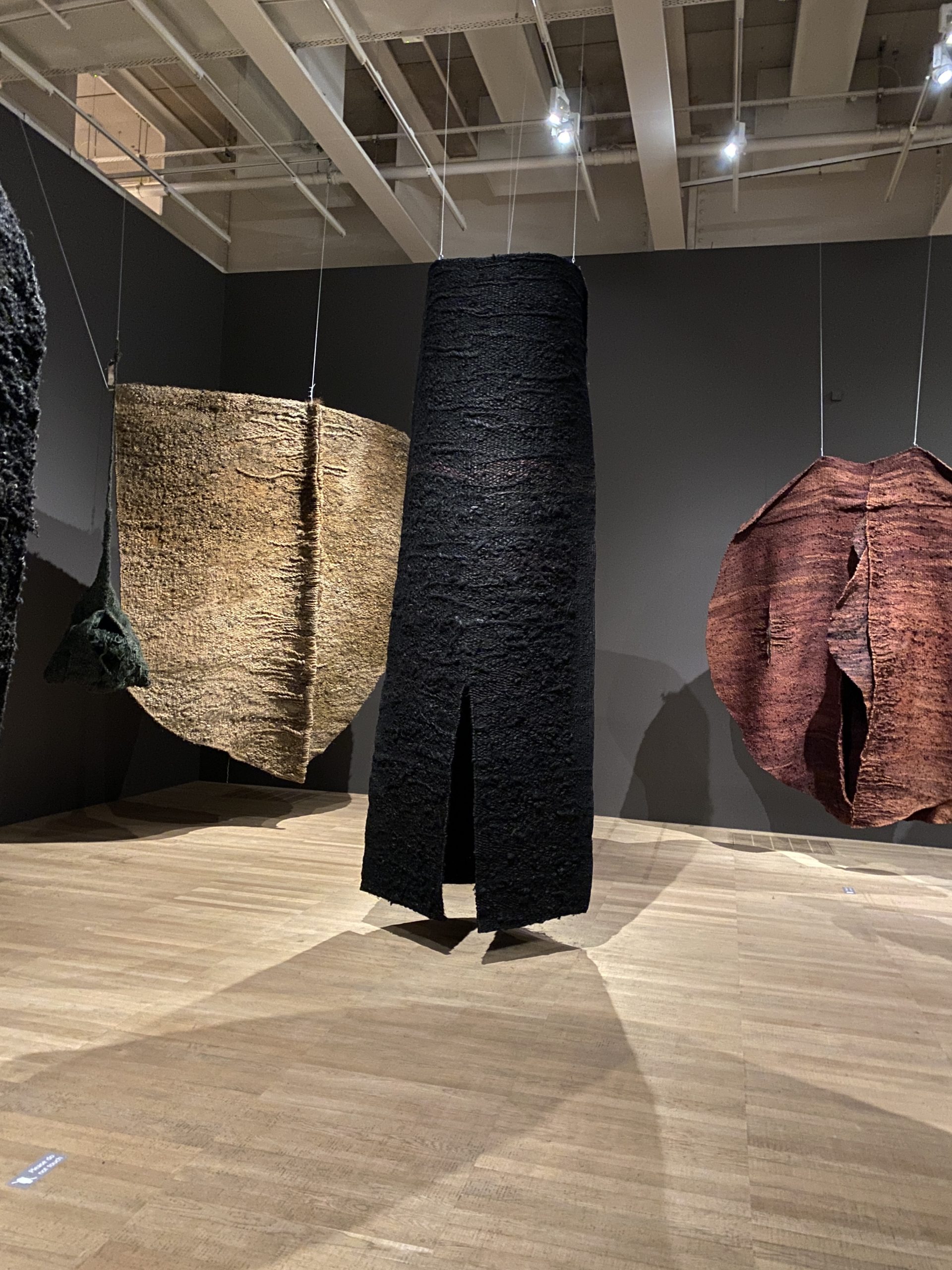
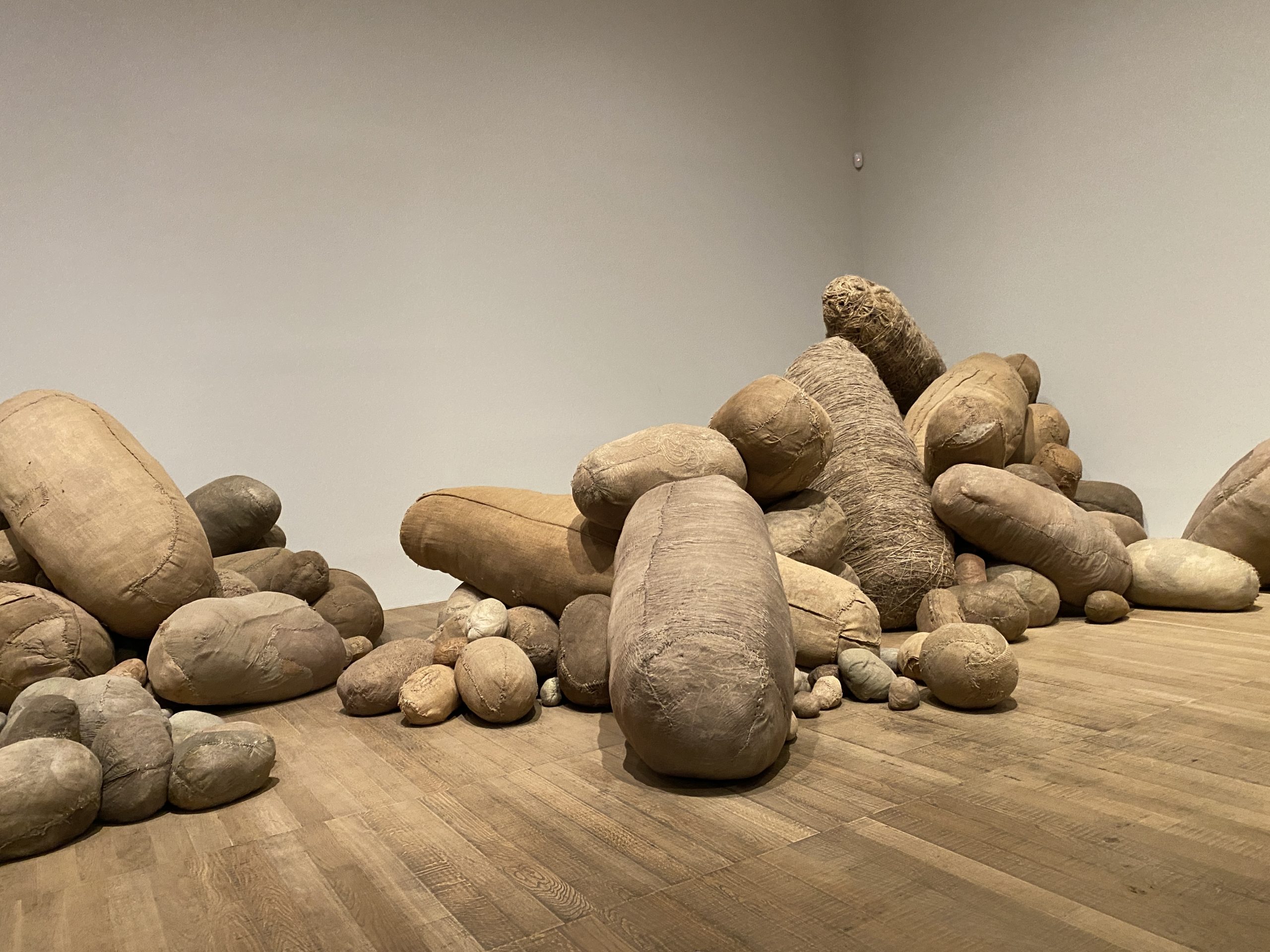
Tate Modern Exhibition : Every Tangle of Thread and Rope 2023
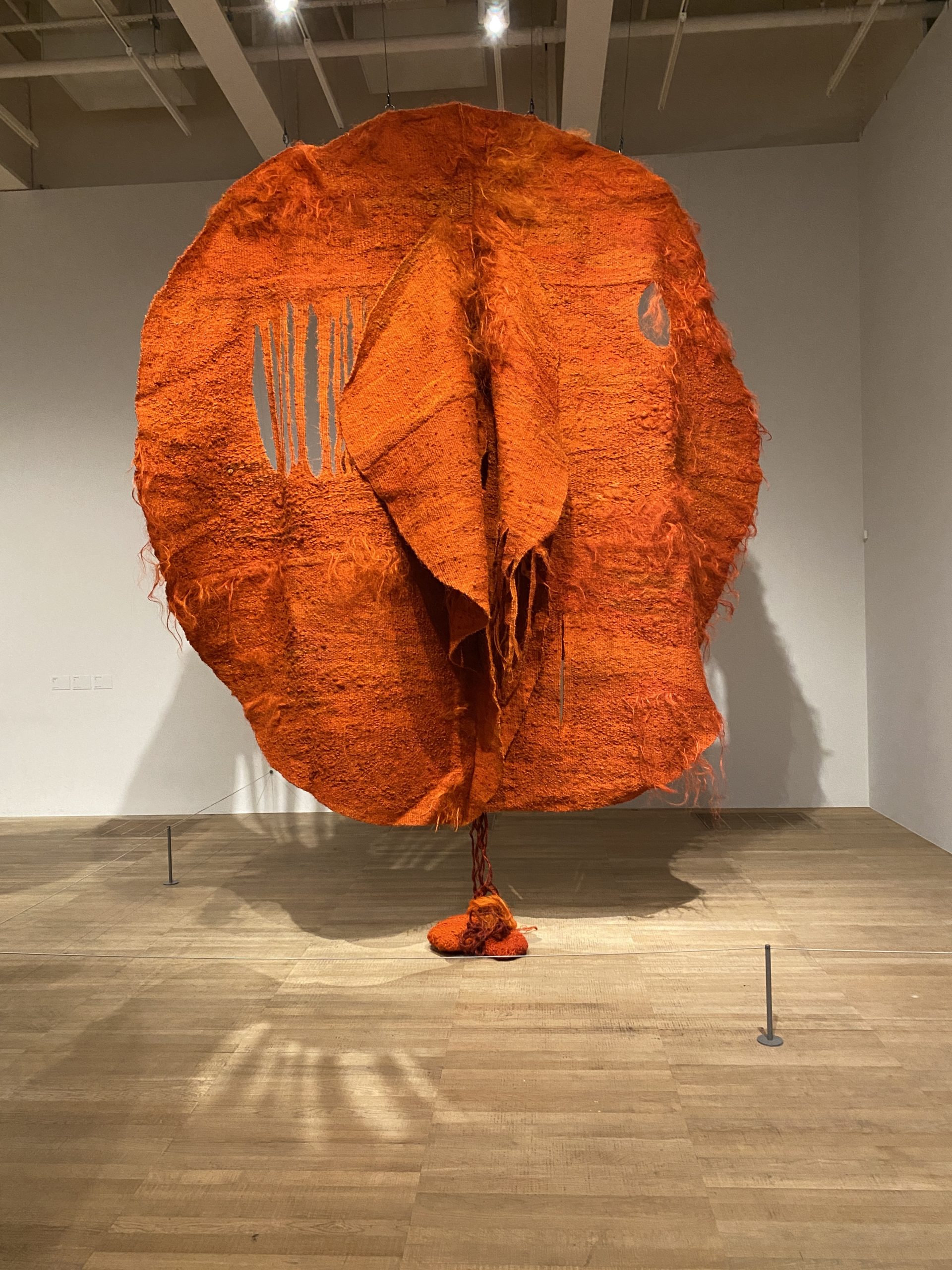
Her most recent exhibition offers a rare opportunity to explore into Abakanowicz’s remarkable body of work.
Many of her most significant Abakans was showcased in a forest-like arrangement within the expansive 64-meter gallery space of the Blavatnik Building at Tate Modern.
The exhibition delved into a transformative phase of Abakanowicz’s career, during which her woven creations transitioned from two-dimensional wall pieces to immersive, three-dimensional sculptures.
Through these works, she redefined the relationship between soft, fibrous materials and traditional sculpture.
Additionally, the exhibition featured a selection of her early textile pieces and lesser-known drawings.
The Artistic Approach
In the 1960s, Magdalena Abakanowicz made significant strides with her three-dimensional fiber works called Abakans, showcased in the 1969 “Wall Hangings” exhibition at the Museum of Modern Art in New York.
These pieces challenged the boundaries between fine art and craft, aligning with the emerging Postminimalism movement.
Crafted with her unique technique using materials like sisal ropes and natural fibers, Abakans transcended the utilitarian role of tapestry, presenting soft yet intricate forms often referencing reproductive imagery.
Magdalena Abakanowicz’s artistic approach stands as a testament to her innovative spirit and unwavering dedication to pushing the boundaries of traditional sculpture.
One of the defining characteristics of her work is the unconventional use of materials, particularly burlap and resin.
These mundane substances were transformed under her skilled hands into powerful statements that challenged preconceived notions about art.
Through burlap, Abakanowicz found a rawness and honesty that resonated deeply with themes of vulnerability and resilience present in many of her sculptures.
Beyond the materiality of her artworks, Abakanowicz delved into profound explorations of key themes such as human form and collective identity.
Her iconic series Backs not only showcases an array of torsos but also serves as a poignant reflection on individual experiences within a larger societal context. This series, alongside her woven sculptures, emphasises Abakanowicz’s interest in the human condition.
By stripping away facial features and personal attributes, she aimed to transcend superficial differences and delve into the essence of being human—emphasizing our shared struggles, vulnerabilities, and triumphs.
In this way, Abakanowicz’s sculptures act as visual metaphors for the complexities inherent in forging connections between individuals while honouring their unique stories within the tapestry of humanity’s collective history.
Influence & Legacy
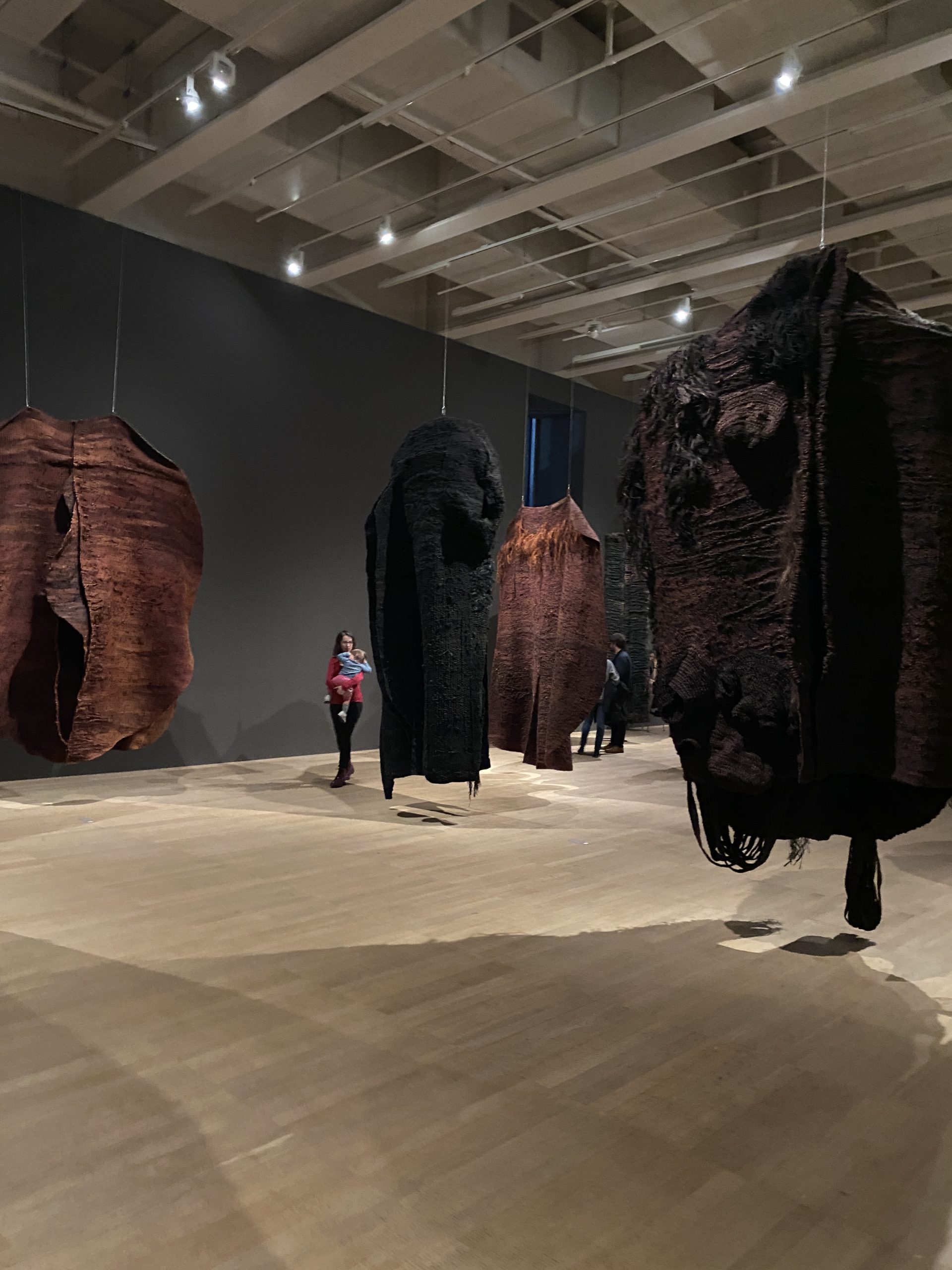

Magdalena Abakanowicz’s impact on the world of sculpture transcends boundaries and challenges traditional norms.
Her pioneering approach to large-scale installations revolutionised the way artists interacted with space, inviting viewers to immerse themselves in art like never before.
By eschewing the confines of conventional pedestals and plinths, she brought a sense of dynamism and interactivity to sculptural forms, transforming passive observers into active participants in the artistic experience.
Abakanowicz’s influence extended beyond the art world, inspiring the 2023 Alexander McQueen collection at Paris Fashion Week.
Transitioning into the 1970s and 1980s, she explored new mediums, creating figurative and non-figurative sculptures that balanced representation with abstraction.
These works, including “Alterations,” “Heads,” and “Backs,” marked a continuation of her exploration of organic structures and themes in her art.
Even today, Abakanowicz’s work continues to resonate within contemporary art practices, serving as a source of inspiration for artists seeking new ways to engage with audiences.
Her exploration of themes such as individual versus collective identity remains strikingly relevant in an era defined by shifting social dynamics and global movements.
Through her masterful manipulation of materials and profound conceptual depth, Abakanowicz opens up dialogues that transcend time and place, inviting us to reconsider our own perceptions of self and society through the lens of her powerful creations.
Personal Reflections: Delving into Abakanowicz's Inner World
Exploring the inner workings of Magdalena Abakanowicz’s creative mind unveils a profound connection between her personal experiences and the stark, emotive power of her sculptures.
In interviews and writings, Abakanowicz often alluded to the tumultuous historical backdrop against which she forged her art.
Growing up during World War II in Poland, she bore witness to the ravages of conflict and authoritarianism—a crucible that shaped her artistic vision indelibly.
Her sculptures, with their hauntingly human forms contorted in silent agony or stoic resilience, reflect not only a mastery of technical skill but an intimate dialogue with suffering and endurance.
Furthermore, Abakanowicz’s musings on creativity reveal a deep-rooted belief in the transformative potential of art.
She saw sculpture as a medium through which humanity could confront its collective traumas and emerge stronger, more empathetic beings.
By delving into the raw materiality of fiber or metal, she sought to imbue her creations with a visceral quality that transcended mere aesthetics.
This commitment to authenticity permeates every aspect of her work—each sculpture bearing traces of a cathartic journey from conception to completion.
Through poignant introspections like these, Abakanowicz invites us to reconsider our own relationship with art as not just an object of contemplation but as a mirror reflecting our shared struggles and triumphs.
Expert Opinions on Abakanowicz's Artwork and their Contribution to Modern Sculpture
Art critics and historians alike have hailed Magdalena Abakanowicz as a true visionary in the realm of modern sculpture. Renowned for her iconic series of haunting, larger-than-life figures known as Abakans, Abakanowicz pushed boundaries and redefined the very essence of sculptural artistry. Renata Włodarska, an esteemed art historian, aptly describes Abakanowicz’s work as transcending mere form; she believes that the artist’s ability to infuse raw emotion into her pieces challenges viewers to confront profound existential questions.
In analyzing Abakanowicz’s impact on contemporary sculpture, Professor Adam Grzelinski posits that her emphasis on texture and materiality not only revolutionized artistic technique but also provided a powerful commentary on humanity’s collective struggles. Through her innovative use of non-traditional materials such as burlap and resin, Abakanowicz elevated the medium itself to convey narratives of resilience and vulnerability. Moreover, art critic Joanna Sobieszewska underscores how each contorted figure crafted by Abakanowicz embodies a universal human experience – inviting observers to witness moments of anguish, fortitude, or solitude frozen in time within these enigmatic forms.
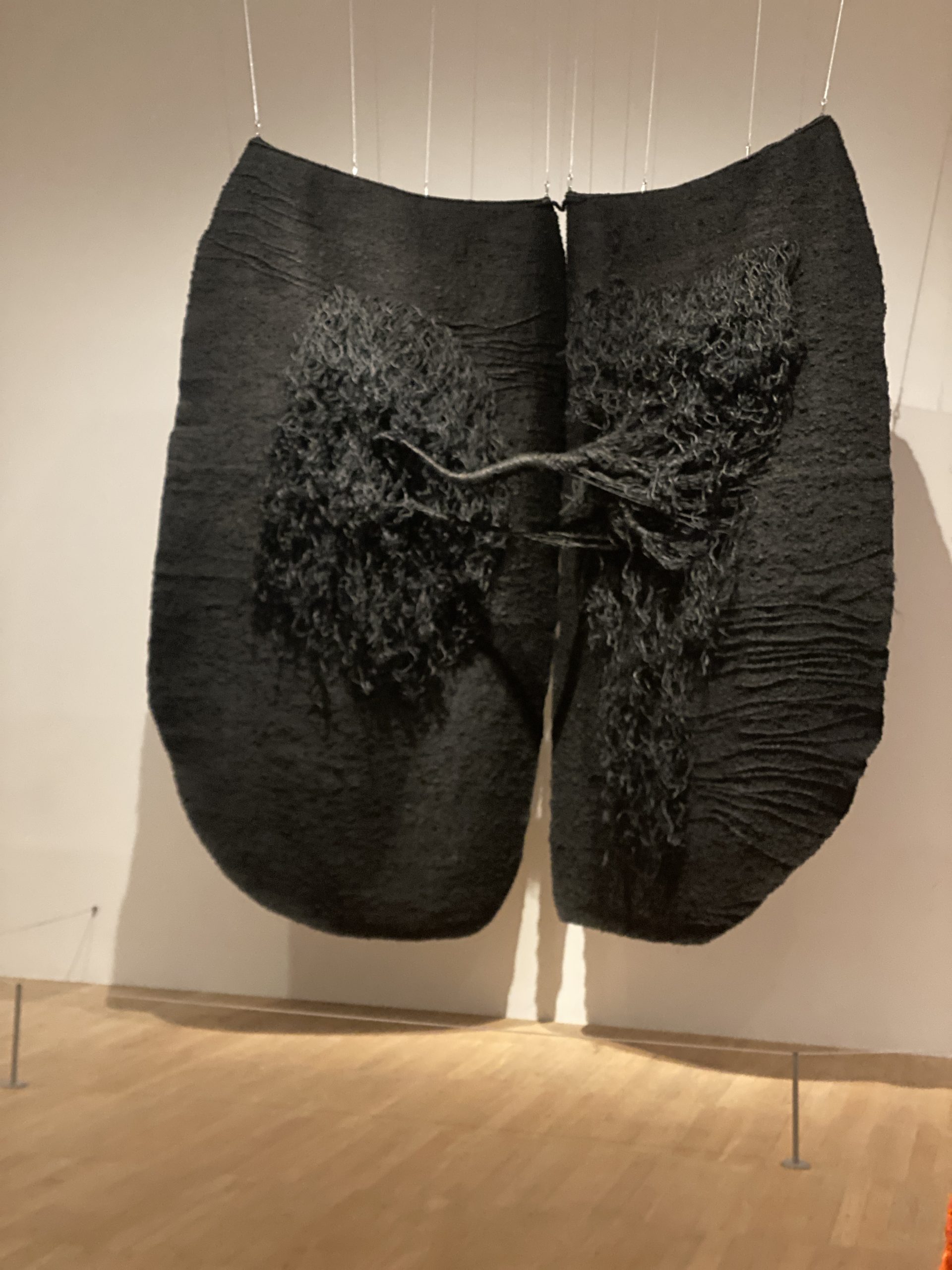
Eternal Reverberations of Abakanowicz's Influence
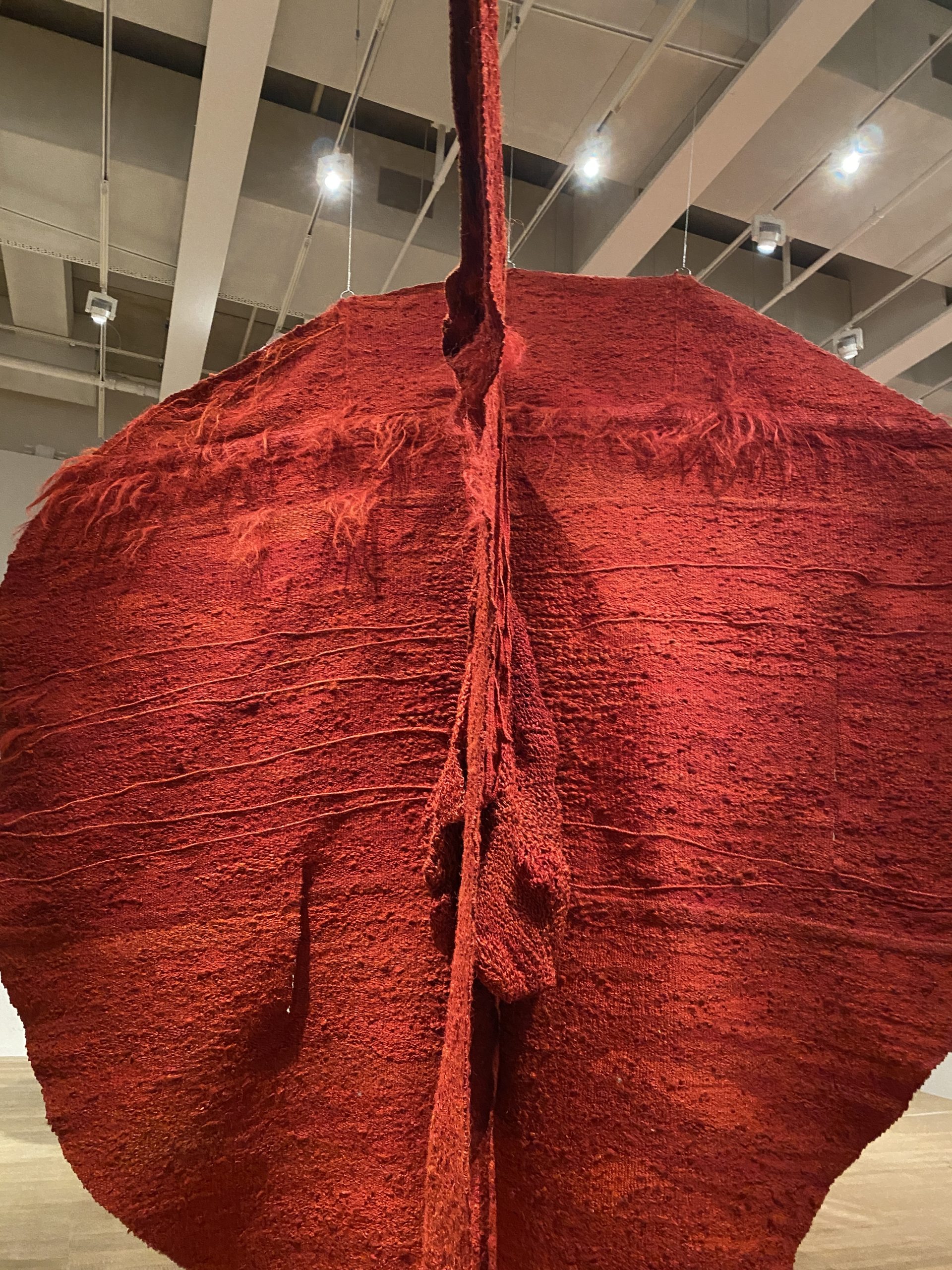
Magdalena Abakanowicz’s indelible mark on sculptural practice continues to resonate through time, transcending generations and boundaries.
Her revolutionary approach to artistry not only transformed the physical landscape of sculpture but also reshaped the very essence of artistic expression itself.
By pioneering radical techniques and pushing the limits of traditional forms, Abakanowicz catalyzed a seismic shift in the perception of what sculpture could be, unleashing a wave of innovation that still reverberates throughout contemporary art scenes worldwide.
Through her unparalleled dedication to breaking conventions and challenging norms, Abakanowicz carved out a space for herself as an iconic figure in the realm of fine arts.
Her dynamic sculptures, imbued with raw emotion and untamed energy, serve as testaments to her unyielding commitment to authenticity and creative integrity.
As we reflect on her enduring legacy today, it becomes evident that Abakanowicz not only crafted sculptures but also sculpted minds – igniting imaginations and inspiring future generations of artists to embrace bold experimentation and unwavering passion in their own artistic pursuits.
Conclusion
Magdalena Abakanowicz’s transformative period as a sculptor brought together fibrous forms and three-dimensional space, challenging categorization and redefining the art world.
From her beginnings at the Academy of Fine Arts in Warsaw to her career as an international artist, Abakanowicz’s textile works have graced galleries and museums worldwide, including prestigious venues like the Metropolitan Museum of Art and the National Gallery of Art.
Her pioneering spirit turned to weaving, ushering in a new form of installation art that transcended boundaries. Now, viewers have a rare opportunity to explore her cocoon-like sculptures at Tate Modern—a captivating journey through Abakanowicz’s unique vision and enduring legacy in the art world.
